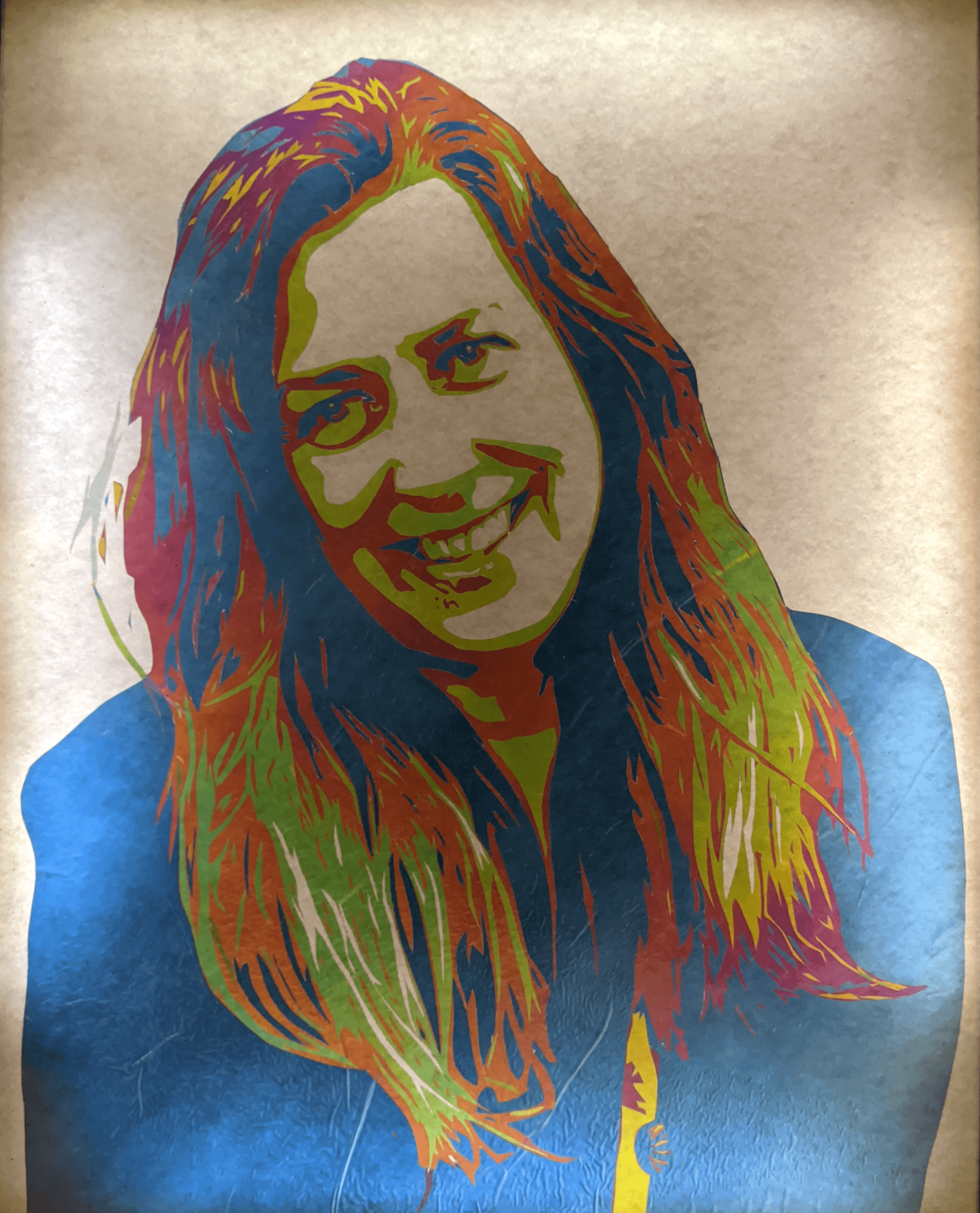A course offered at the University of Wisconsin has long been connecting seemingly unrelated fields — the sciences and arts — into an interdisciplinary education.
Physics 109 — Physics in the Arts — investigates the physical science that influences the arts, including the effect of sound waves in music and the physics of light in photography and painting. The course has been taught since 1969 when it was engineered by esteemed professors Willy Haeberli and Ugo Camerini.
One of today’s professors Baha Balantekin said the course offers something for everyone, even for students who are not interested in arts or physics.
“It’s really good to educate people in general to the value of the science and to show them science is not something abstract — it is connected to things they do every day,” Balantekin said.
The course provides insight into the physical dynamics of nature and answers questions such as “Why is the sky blue?” Part of Balantekin’s job is to explain to students the sun produces white light, which contains all colors in the spectrum, Balantenkin said. When the white light enters the atmosphere, the blue color scatters, or diffuses away, making the sky appear blue.
Physics and arts have been connected for a long time. An example originated in 500 BCE, with the Greek mathematician Pythagoras, and continues its relevance today for string instrument players, Balantekin said.
“He [Pythagoras] looked at the Greek harp, the ancient instrument with the four strings, and he discovered that if you have two strings where the ratio of their lengths is the ratio of small integers, then they sound well together, there is harmony,” Balantekin said. “So, he connected the concept of harmony with something which is physically measurable.”
In his 30 years of teaching the course, Balantekin has taught students from all disciplines. He said about a third of the students in the 300-person course are artists themselves. Often, the students are encouraged to bring their instruments into class so they may gather data on the frequency of sound waves produced.
Balantekin said frequency is to physicists as pitch is to musicians. Frequency in physics refers to the number of oscillations, or “ups and downs,” a wave has over a unit of time. He said the pitch people hear is associated with a particular frequency.
The course also offers a unique knowledge of color and light. Professor Pupa Gilbert is an artist who has been teaching Physics 109 for many years. Gilbert said she has long been fascinated by the physics of color and uses the topic as a pillar of the course.
“Anything we can do on a screen, for example, on a cell phone screen or in a movie theater screen … comes from additive color mixing — from the mixing of only three pigments, only three kinds of light — red, green and blue,” Gilbert said.
The pixels that make up computer screens project certain colors to people’s eyes, which are sensitive to red, green and blue pigments. Gilbert said the observer’s eye actually mixes those colors — the device and the screen don’t do this at all.
Much of physics is inseparable from the anatomy of human eyes and ears, Gilbert said.
Gilbert explores this concept and more in her widely-praised textbook “Physics and the Arts.” The course uses this book that has been translated into multiple languages for courses all over the world. Its third edition even won the “Texty” award from the Textbook and Academic Writing Association in 2022.
“The purpose of the book is really to bring physics … within reach of the general public and especially fascinate students and artists and poets and painters with the wonders of physics,” Gilbert said.
Gilbert’s enthusiasm for arts and physics introduced her to Aedan Gardill, a recent doctorate graduate from UW. Gardill received his doctorate in physics and became close colleagues with Gilbert after sharing a mutual interest in art and science.
Gardill is an artist as well and has specialized in portraiture of underrepresented groups in science. Currently, UW’s L. R. Ingersoll Physics Museum houses four of his portraits, which he constructed using the unique physics of polarized lights.
“The color that you’re seeing here [in the portrait] is not pigment, there’s no paint in this. It’s just white light going through layers of cellophane, which actually interact with the light and rotate it in such a way that then when you look through another polarizer, it filters out specific colors of light,” Gardill said.
Polarizers are filters that move light in a certain direction and help viewers look at Gardill’s polarized portraits. He said he has used similar technology in outreach with local schools to teach the physics of light and optics to fifth graders.
Physics can be an intimidating science because it involves mathematics. But Gardill said having an art and physics background helps with education efforts to improve physical science literacy.
“Part of physics is kind of imagining how things work or visualizing how things work,” Gardill said. “And that’s all of art too, visualizing how something might work or representing something that might not be physical per se.”
In Physics 109, Gilbert uses similar techniques to help her students realize physics can be understandable. The laws of physics also interact with every single part of the world every day. Her favorite part of the course is watching her students make these revelations, Gilbert said.
Though somebody may arrive saying they’re bad at math, by the end of the course they’re saying how fun it was instead, according to Gilbert.


















